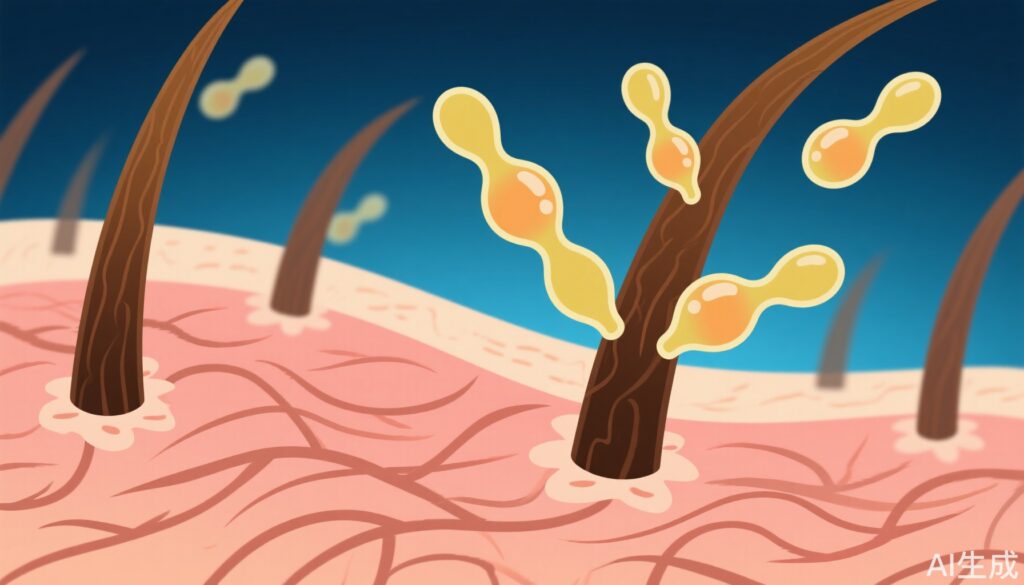Hirsutism, marked by excessive hair growth in areas typically seen in men, can stem from various causes. These include polycystic ovary syndrome (PCOS), adrenal or ovarian tumors, non-classic congenital adrenal hyperplasia, or what has been termed idiopathic hirsutism. But is idiopathic hirsutism truly without a known cause?
Defining Idiopathic Hirsutism
Traditionally, idiopathic hirsutism is diagnosed in women who display hirsutism yet maintain normal ovarian function, regular ovulatory cycles, and normal serum androgen levels. Despite this definition, the underlying mechanisms remain elusive. Androgens, the hormones responsible for hair growth, suggest that there must be some form of increased androgen effect, even if serum levels appear normal.
Is It Really Idiopathic?
Recent studies indicate that women with idiopathic hirsutism may have relatively higher serum androgen levels compared to healthy individuals, a condition known as relative hyperandrogenemia. Furthermore, these women have shown increased expression of enzymes like steroid sulfatase and 17-beta hydroxysteroid dehydrogenase in skin areas, contributing to local androgen metabolism.
Local Androgen Production
The dermal papilla, a key regulator of hair growth, plays a fundamental role in androgen regulation. It appears that increased local production of androgens might lead to hirsutism without affecting serum androgen levels. This suggests that idiopathic hirsutism might be better defined as “normoandrogenic hirsutism.”
A Potential Early Stage of Other Disorders?
There is speculation that idiopathic hirsutism might not be a distinct condition but rather an early stage of hyperandrogenic disorders such as PCOS. Monitoring these patients over time could reveal transitions into conditions with overt hyperandrogenism.
Clinical Implications
Clinically, understanding idiopathic hirsutism’s pathogenesis could lead to improved treatment strategies. Following up with patients prospectively may confirm whether idiopathic hirsutism evolves into other disorders.
Conclusion
Idiopathic hirsutism, despite its name, is likely not idiopathic. With emerging evidence on relative hyperandrogenemia and local androgen synthesis, the term may be misleading. “Normoandrogenic hirsutism” could be a more appropriate classification, reflecting a complex pathogenesis akin to known androgen excess disorders.
By better understanding the mechanisms at play, medical professionals can develop targeted therapies to address this nuanced condition, improving outcomes for affected patients. As research continues, the classification and treatment of idiopathic hirsutism will likely evolve, offering clearer insights into this perplexing condition.
References
Unluhizarci K, Hacioglu A, Taheri S, Karaca Z, Kelestimur F. Idiopathic hirsutism: Is it really idiopathic or is it misnomer? World J Clin Cases. 2023 Jan 16;11(2):292-298. doi: 10.12998/wjcc.v11.i2.292. PMID: 36686351; PMCID: PMC9850967.



